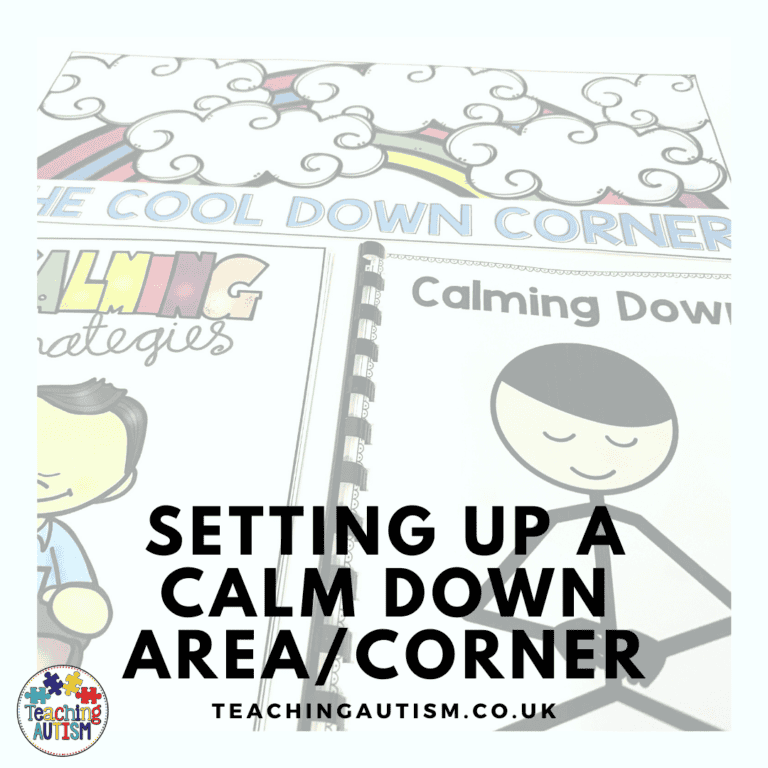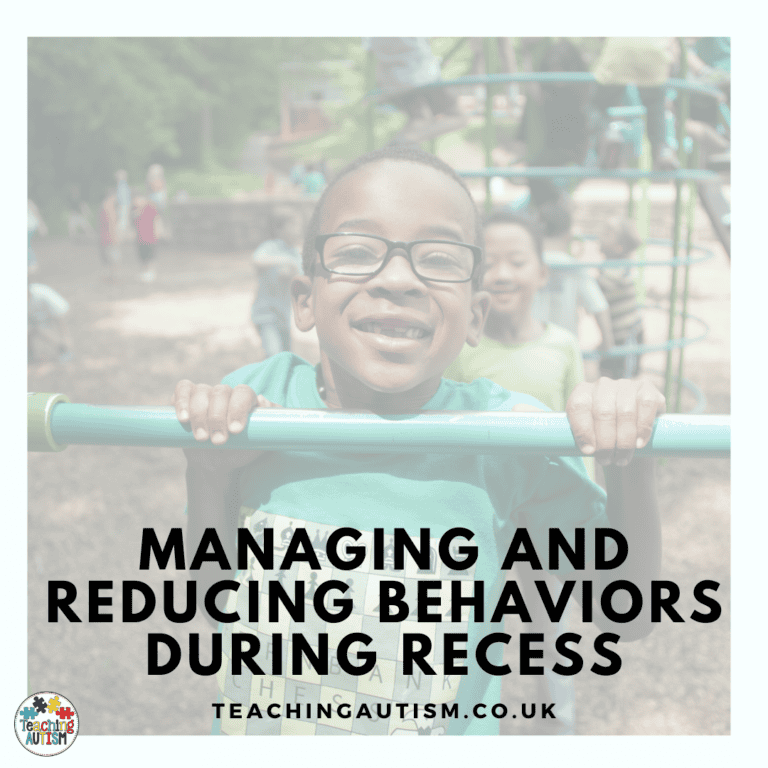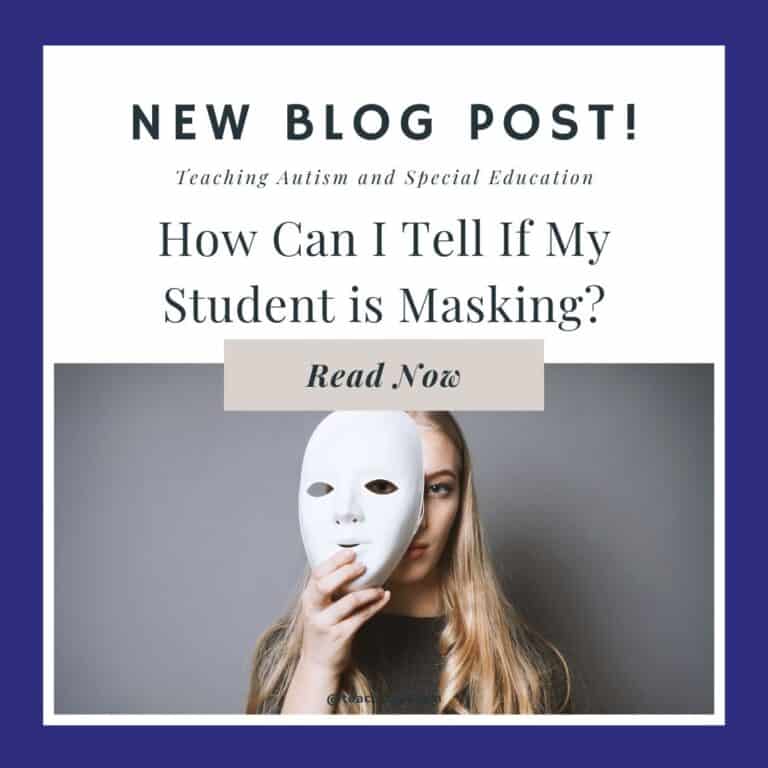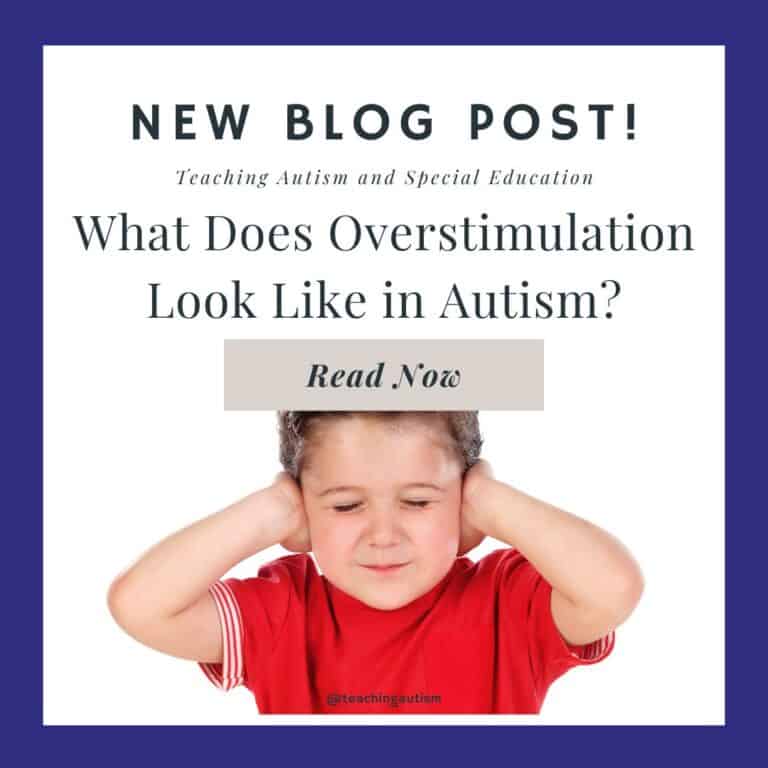Setting Boundaries in the Classroom
In this blog post today I’m talking about the importance of setting boundaries in the classroom. Boundaries are one of the hardest parts of our classrooms to tackle. Should we set them? Why? Are they important? Do they make a difference? How do we be consistent with boundaries?
Today in this blog post I’m diving into all of these questions that you have and more. I’ll also help you understand the importance of setting boundaries and how to use them consistently in your classroom.
What are Boundaries?
Boundaries are the limits that we set for ourselves, and also others around us. They are guidelines which help us to manage a healthy balance in our relationships and interactions with others.
As a special education teacher, it’s really important to understand the concept of boundaries. But also how to communicate those boundaries clearly to your students. This can help create a safe and supportive learning environment for everyone involved.
Types of Boundaries
There are a few different types of boundaries. These include physical boundaries that we use to protect our personal space. There are also emotional, social and professional boundaries as well. These boundaries help us to feel safe and respected.
Some Examples of Boundaries in the Classroom
Below I have listed some examples of boundaries that you can put into place in your classroom;
- Establish a daily routine and stick to it.
- Clearly communicate expectations for behavior and academic performance.
- Use positive reinforcement to encourage good behavior.
- Set consequences for breaking rules and enforce them consistently.
- Encourage students to respect each other’s personal space and belongings.
- Establish rules for using technology and other classroom materials.
- Set boundaries for physical contact, such as no hitting or pushing.
- Encourage students to ask for help when needed and offer support as appropriate.
- Set boundaries for language and tone of voice, such as no name-calling or yelling.
- Establish a system for resolving conflicts between students.
Why Use Boundaries?
I think we can all agree that boundaries are essential in any environment. But I honestly feel like they are especially important within our special education classrooms. It is important for us to establish clear boundaries to ensure that our students feel safe and secure in their learning environment. If we didn’t have boundaries.. Our classroom can quickly become chaotic and unproductive.
A World With No Boundaries
Can you imagine a world with no boundaries? I’m sure that most people will struggle to understand what their place and role in society is if there were no boundaries. There would be confusion.. Anxiety.. And even conflict.
In our classroom, our students may feel marginalized and misunderstood already in our world. But, clear boundaries are crucial to creating a sense of structure and stability.
Boundaries are in the Classroom
Boundaries can look different in our classroom. These boundaries can include the teacher establishing rules around behavior, communication and even personal space. Teachers may also set expectations around academic performance and attendance.
When boundaries are clearly defined in our classroom, and consistently enforce, our students are able to better understand what is expected of them. This will help our students to feel more secure in their learning environment.
The Benefits of Boundaries
There are a range of benefits to having clear and consistent boundaries in a special education classroom. Our students are able to better focus on their learning when they feel safe and secure. They are also going to be more likely to engage with those around them with positive social interactions when these boundaries are in place.
When we have clear boundaries in our classroom, this can also help to prevent conflict and misunderstandings. Of course, not always. But, it can help and this can be really important in a classroom where students may struggle with their communication and social skills
I think this blog posts helps us to confirm that boundaries are important in any environment. But, they are particularly important in a special education classroom. Without clear boundaries, students may struggle to understand their role and place in the classroom, leading to confusion, anxiety, and conflict. By establishing clear boundaries, we can create a safe and secure learning environment that promotes academic and social success for all of our students.
The Importance of Being Consistent
As a fellow special educator, I know the importance of setting boundaries in our classrooms. But I also know that the most important part, is to be consistent with those boundaries. When are are consistent, we help our students know exactly what is expected of them, and what they can expect from us too. So now I’m going to share some reasons why it is important to be consistent with boundaries in our classroom;
1. Promotes a Sense of Security
When you are being consistent with the boundaries in your classroom, your students will feel safe and secure. They know what to expect, and what is expected of them. This helps them to feel less anxious and/or stressed.
2. Increase Academic Performance
A classroom that has consistent boundaries helps to ensure a structured environment for students that is conducive to their learning. When our students know what is expected of them, they will be more likely to focus on their studies. And this results in better academic performance.
3. Builds Trust
Being consistent with our boundaries, helps us to build trust between us and our students. When our students know that we will always follow through with what we say.. They will be more likely to trust us. And this helps them to feel more comfortable coming to us with any issues that they may be experiencing.
Getting Everyone On Board
It can be difficult to get all of our staff members on the same page with being consistent with boundaries. But it’s very important that we do manage this. Below I’ve shared some tips for how you can get all of our staff members on board;
1. Hold a Meeting
First, hold a meeting with all staff members. Use this meeting to discuss the importance of being consistent with boundaries. Share the benefits of being consistent, and also use this time to discuss any concerns or challenges that staff members may have.
2. Create a Plan
Create a plan for how you will enforce boundaries in the classroom.. Along with how your staff are going to do the same. The plan should be clear and concise, making it easy for everyone to follow.
3. Lead by Example
As the classroom teacher, you need to lead by example. When you consistently enforce boundaries and hold yourself accountable to the same standards that you also expect from your students.
What struggles do you have with setting and being consistent with boundaries in your classroom? Leave a comment below. Or leave a comment with some tips to share with other educators too.
If you found this ‘Setting Boundaries in the Classroom’ blog post helpful, please consider sharing it with your friends and colleagues on social media.
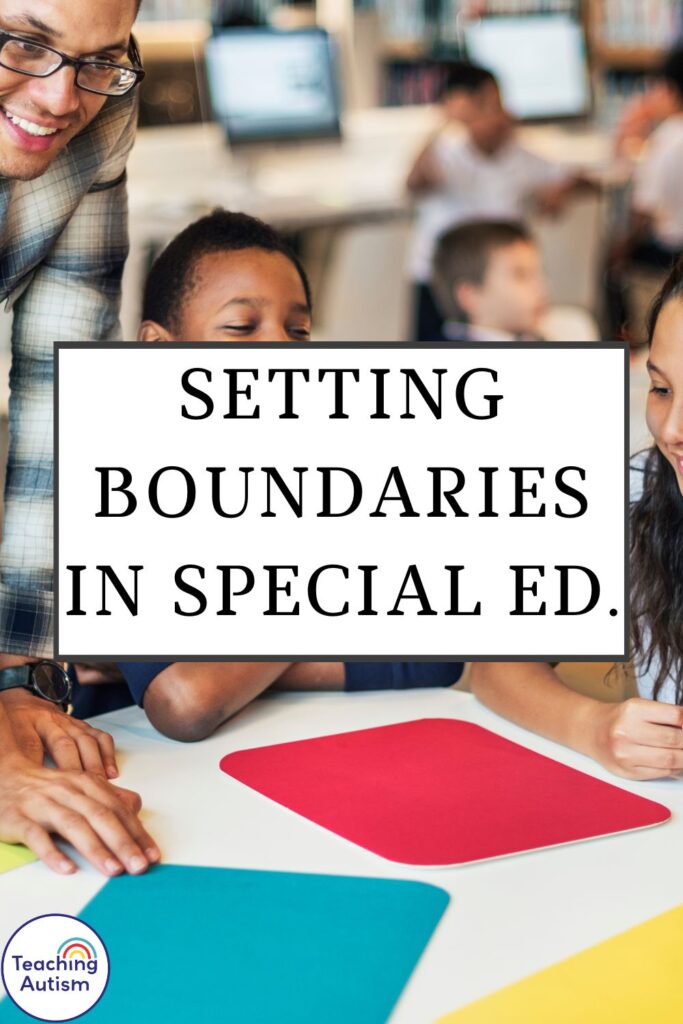
P.S. Have you signed up for my VIP membership yet? If not, head on over and sign up now. You’ll get access to hundreds and hundreds of resources, templates, crafts and more being uploaded every month!
Nikki


